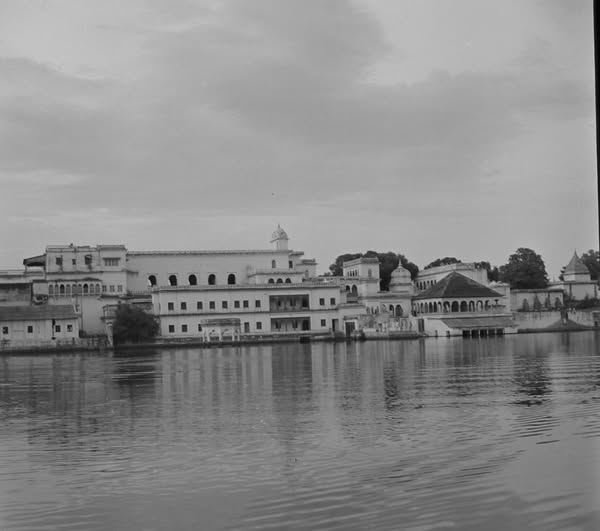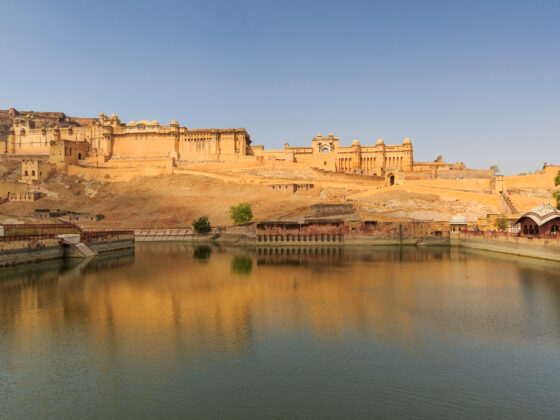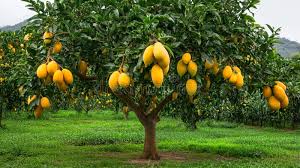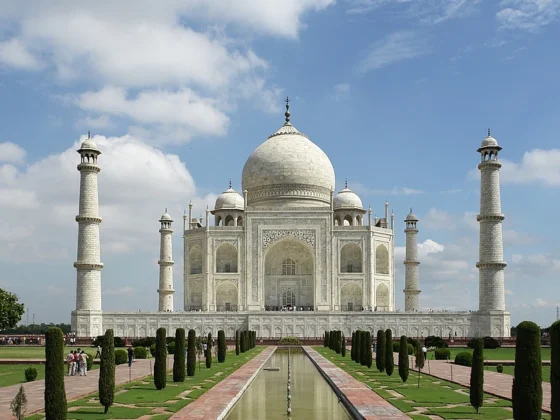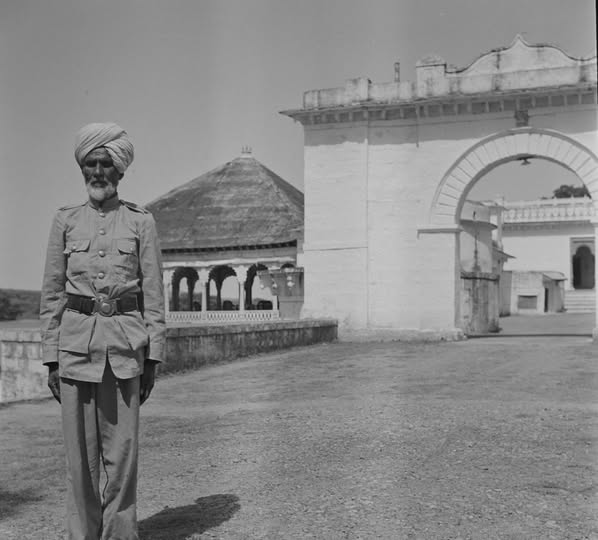
Rewa State: A Historical Overview of the Land of White Tigers
Rewa State, one of the prominent princely states of British India, played a crucial role in the political and cultural history of central India. Located in present-day Madhya Pradesh, it became famous for its rich traditions, efficient governance, and association with the rare white tiger species.
Origins and Early History
The Baghela dynasty, which ruled the region for centuries, shaped Rewa’s historical significance. The rulers, belonging to the Baghela clan, traced their lineage to the legendary Solanki dynasty of Gujarat. They officially established the state in the 15th century and maintained its sovereignty during both the Mughal and British eras.
Rewa’s Role in the Freedom Movement
Unlike many other princely states, Rewa actively supported India’s independence movement. The rulers implemented progressive reforms and assisted freedom fighters, which inspired neighboring regions. Their commitment to social and political change helped shape Rewa’s identity in modern India.
The Legacy of White Tigers
Rewa gained worldwide recognition as the birthplace of the white tiger. In 1951, Maharaja Martand Singh captured the first recorded white tiger, Mohan. This rare species fascinated wildlife enthusiasts across the globe and reinforced Rewa’s reputation as a hub of biodiversity.
Cultural and Architectural Heritage
Rewa boasts several historical landmarks that reflect its rich heritage.
- Govindgarh Palace – This royal retreat, surrounded by a serene lake, offers a glimpse into the grandeur of Rewa’s past.
- Rewa Fort – Built with intricate designs, this fort symbolizes the state’s architectural brilliance.
- Keoti Falls – This breathtaking waterfall enhances the region’s natural beauty.
Additionally, the people of Rewa have preserved the Bagheli language, a dialect of Hindi, which adds to the region’s cultural uniqueness.
Integration into Independent India
After India gained independence in 1947, Maharaja Gulab Singh agreed to merge Rewa with the Indian Union. Subsequently, Rewa became part of Vindhya Pradesh, which later merged with Madhya Pradesh in 1956. This transition marked a new chapter in the state’s journey toward modernization and national integration.
Conclusion
Rewa State holds an essential place in India’s history due to its royal heritage, active role in the freedom movement, and unique connection with white tigers. Even today, Rewa continues to attract historians, wildlife enthusiasts, and tourists, making it a significant cultural destination in Madhya Pradesh.


